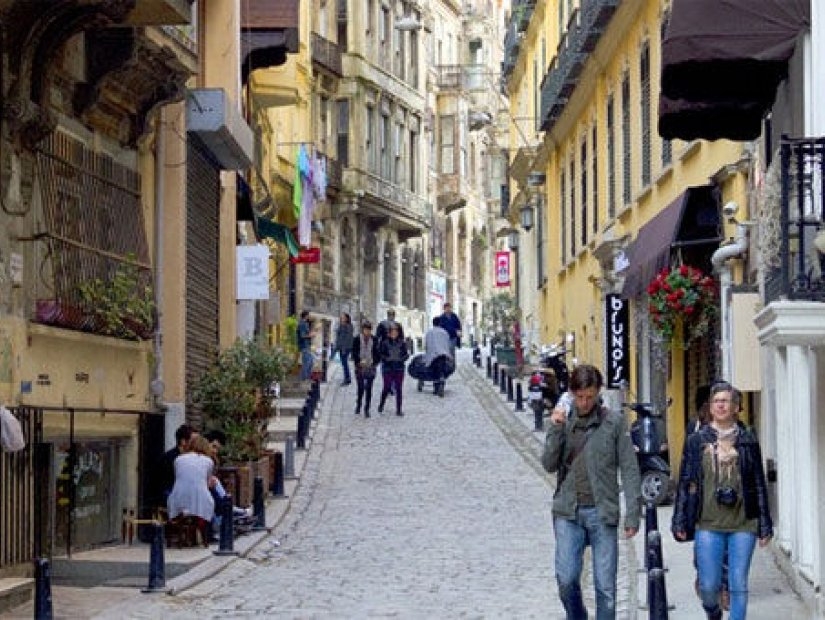Blog
Travel Guide: Asseo Inn in Kuledibi Galata
Travel Guide: Asseo Inn in Kuledibi Galata
To visit Istanbul is to discover history. When you enter the side streets of Istanbul, you will be greeted by houses with bay windows, historical buildings, and mansions. Especially Beyoğlu is a district where you can imagine the 1900s in Istanbul. Beyoğlu is a combination of identity with its inns that have witnessed many historical events and its cobblestone streets. Asseo Inn, located in Kuledibi, is one of the inns witnessing this history.
Asseo Inn, a masterpiece by Kuledibi that sits at the base of Galata's breathtaking view, is recognized as the homeless population's residence. Together with Camonda Inn, situated on the same street, it depicts history. Experts are drawn to Asseo Inn because it has been renovated to represent its previous splendor. Today, Asseo Inn, which is a hotel, rents out its rooms.
History of Asseo Inn
Beyoglu's Serdar-Ekrem Street is regarded as having the most vestiges of Jewish culture. Beyoglu was regarded as Istanbul's cultural hub during the period when many different civilizations coexisted there. Serdar-ı Ekrem Street is the street where families of Jewish and Jewish craftsmen and artisans are located. The history of Asseo Inn, located at No: 15 opposite the world-famous Camonda Inn, is somewhat dubious.
It is thought that this inn was built by David Asseo, known as the chief rabbi, in Istanbul, where religions and languages live together in brotherhood. Asseo has been the religious leader of the Jews living in Turkey for 42 years since 1960. He passed away in 2002. Apart from Turkish, Asseo was fluent in Hebrew, French, English, Spanish, Italian, Ladino, and Aramaic. He also has various research and articles on the Torah, Talmud, Jewish and general theology.
There was no clear information about the history of the building, as Asseo Inn was used by the homeless and stuffed mussels manufacturers for years. However during the building examination, ASSEO HAN, written in Hebrew and Arabic characters, was discovered. It is thus documented that Asseo Han, mentioned as missing in the book of the historian Murat Belge, is this building because David Asseo also knows these languages. However, some individuals continue believing that David Asseo does not own this inn.
The building's embellishments, date to the 1800s, are on a masonry framework. The bay windows in the building were removed from the structure when restoration work began in 2003. The facades, which were severely damaged and on the verge of collapsing, were fixed. Additionally, the lost entrance gate was replaced with the Istanbul gate, purchased from the previous shop. While Asseo Inn added a floor in its original configuration, this floor was changed into a terrace to depict an earlier time.
In addition, while the part called apartment 7 was in a very dilapidated state, this floor was converted into a duplex structure. The converted terraced apartment overlooks the Camonda Inn. Visiting Asseo Inn, which carries traces of history in its perfectly restored state, means looking at Istanbul.


